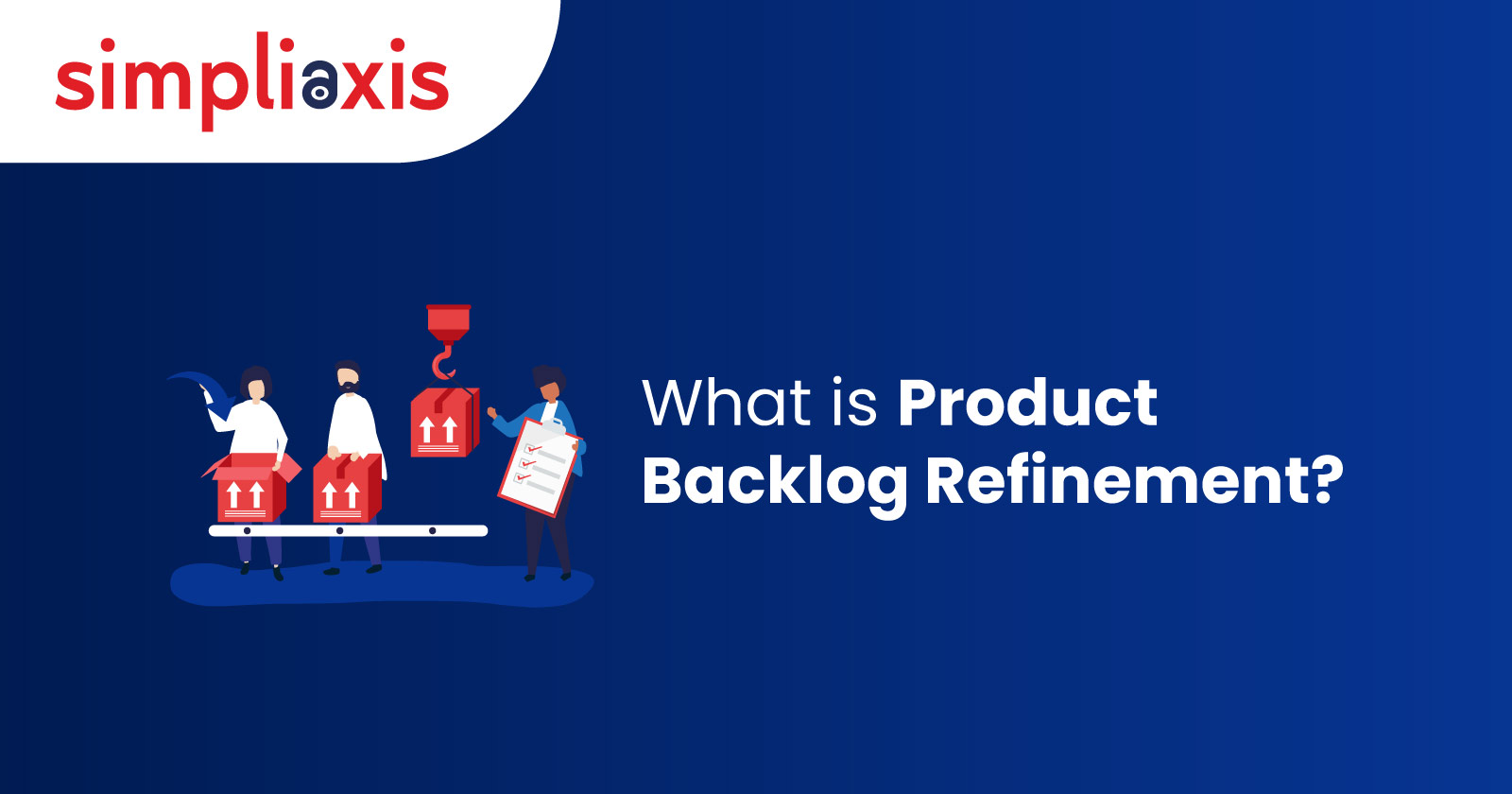Imagine you find an old favorite shirt and become happy after seeing it. Suddenly, you plan to wear the shirt to a party. While trying on the shirt, you find it does not fit you as you gain weight. Now, what will you do with your favorite shirt? Obviously, you have to discard it as it has no use. Similarly, if you are developing any product, you should consider the parameters that ensure the product will be relevant in the market after complete development. Product backlog refinement helps evaluate the workable backlog's priority, complexity, and necessity in the product development cycle. Therefore, continuous backlog monitoring ensures that the development cycle will be flexible and adaptable to changing demands and priorities.
Our blog will discuss the product backlog refinement process and how to improve it. Lastly, we will examine the product backlog refinement techniques. If you want to know more about product backlog refinement, read the article.
What is Product Backlog Refinement?
It is a procedure of reviewing, ranking, and editing the product backlog. Therefore, it is an essential technique in product development. It assists the development team in incorporating elements and functionalities that align with customer requirements and business goals. It is an ongoing process supported and integrated by the product manager, product owner, Scrum master, and development team members.
Read More: Is Product Management a Good Career?
Backlog Grooming Vs Backlog Refinement Vs Sprint Planning
Technically, backlog grooming and refinement are the same. Product backlog refinement has gained popularity recently and is now a common practice in Scrum. The terms are interchangeable, and a few industries still use backlog grooming for their Agile.
On the other hand, product backlog refinement ensures that the backlog is compatible with the business goal and market demands. The sprint planning enables the development team to pull work from the backlog for the upcoming sprint and finish the task successfully. Thus, it is the product owner's responsibility to perform product backlog refinement before sprint planning. If you have a CSPO certification, you can better understand the product backlog refinement.
Tips for Effective Product Backlog Refinement:
It is an essential activity for a successful product development process, but the Scrum team sometimes overlooks it. If your team does not take the product backlog seriously, you might find undefined tasks coming for the next sprint, and the rolling process will increase your burden on each sprint. According to the Scrum guide, product backlog refinement breaks down the product backlog items into small segments. Let’s discuss the 5 tips for improving the product backlog refinement in your team.
1. Team Participation:
It is not up to the product owner to improve the product backlog. It is for the whole scrum team, which means the team members will work together on the same project. It could also include essential stakeholders or subject matter experts who can give more information about upcoming user stories or items on the product backlog. The product owner ensures the product backlog is in the correct order, and the members confirm that the backlog is completed.
2. Allocate Sufficient Time:
It is not one of Scrum’s timeboxed events. Instead, it must be repeated during the sprint, just like a product increment. So, the developers need to ensure that the next sprint has enough time to improve the product backlog. Therefore, the amount of time allocated will rely on the state of the product backlog. Developers will probably have to spend more time on the product backlog refinement process during the early stages. However, it will probably stay between 10 and 15 hours a week to keep the product backlog in shape and prepare for the next sprint.
3. Avoid Forced Decision:
Always work on the backlog items that will most help your project goals or end users. It is not just about what is demanded but also about what will have the most considerable positive effect. Hence, it ensures that the team works on the most critical jobs.
4. Breakdown Complexity:
To estimate how much work each task will take, use estimation methods like planning poker or Miro's Fibonacci Scale Template. Also, understand the fact that estimates may change as jobs change. This helps prevent work from getting too heavy and stops jams. Therefore, Epics should be broken up into smaller, easier-to-handle jobs. Hence, it not only makes it easier for them to assume, but it also supports the team functioning quickly.
5. Encourage Open Communication:
The Scrum master, Development Team, and Product Owner must talk to each other clearly and openly regarding the product backlog refinement percentage. Everyone should be able to ask questions, voice concerns, and make comments. Ultimately, everyone should understand and agree on what to do in the product backlog refinement. Moving an item to the subsequent refinement is fine if it seems complicated or confusing to deal with in one session. It is often better for the team to have time to get more knowledge or conduct more analysis.
6. Address the Change:
Product backlog Refinement is a time-consuming technique. Set up regular meetings to keep up with the pile. Because agile projects constantly change, it is important to keep reviewing them and making changes based on new information, customer feedback, or shifting business goals.
Read More: Product Backlog Breakdown Strategies
Common Backlog Refinement Techniques
Here are some ways to improve the effectiveness of backlog refinement:
Story Mapping: It is a way to visualize the user's journey and rank user stories by importance.
Analysis of DEEP: The words "Deeply Detailed, Estimated, Emergent, and Prioritized" describe what a product list should have.
The MoSCoW Method: This method sorts things into groups like: "Won't have," "Must have," and "Should have." This makes setting priorities easier.
Planning Poker: A method for estimating based on games, where each team member "chances" on how much work each task will require, leads to an estimate based on agreement.
Become A Certified Product Manager And Enhance The Backlog Refinement
Product backlog refinement is integral to Scrum, leading to a well-thought-out and flexible queue. PBR helps team members understand the project, develop acceptable meeting plans, and thoroughly study the goals. PBR meetings lead to faster progress, better teamwork, more effective sprint planning, and a team focused on its goals. Become a qualified product manager with SAFe® 6.0 Product Owner/Product Manager Certification Training at Simpliaxis. Learn about agile product development. Once you understand the process, your execution and planning throughout the product life cycle will improve.






















